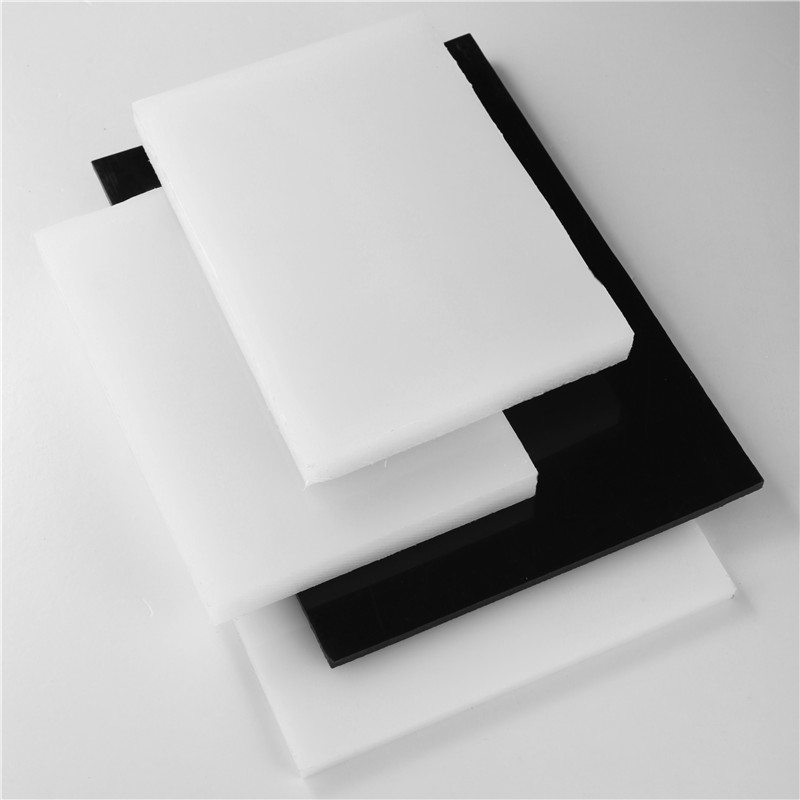Dec . 21, 2024 11:51 Back to list
pvc pipe
The Versatility and Utility of PVC Pipes
Polyvinyl chloride, commonly known as PVC, is a type of plastic that has revolutionized numerous industries since its introduction. Among its many applications, PVC pipes have emerged as a primary material for various plumbing, construction, and infrastructure projects. Their combination of durability, affordability, and resistance to corrosion make them an attractive option for both professional and DIY projects. This article explores the characteristics, advantages, and applications of PVC pipes, demonstrating why they are a preferred choice in many scenarios.
Characteristics of PVC Pipes
PVC pipes are known for their distinctive properties. Firstly, they are lightweight, which simplifies transportation and installation. Unlike traditional materials like metal or clay, the lightness of PVC allows for easier handling, reducing labor costs and time during installation. Secondly, PVC has a high resistance to chemical corrosion, making it suitable for a wide range of applications, including transporting potable water, sewage, and various chemicals. Additionally, PVC does not rust or corrode, which enhances its durability and lifespan.
Another significant characteristic of PVC pipes is their smooth interior surfaces. This feature minimizes fluid friction, leading to improved flow rates and reduced chances of sediment accumulation. The smoothness also helps in maintenance, as it is easier to clean and disinfect compared to pipes made of other materials. Furthermore, PVC is an excellent electrical insulator, enhancing its safety in electrical applications.
Advantages of PVC Pipes
One of the most compelling advantages of PVC pipes is their cost-effectiveness. Compared to metal pipes, which can be expensive and require additional coatings or linings to prevent corrosion, PVC pipes offer a more affordable alternative with lower installation costs. Additionally, the longevity of PVC — often exceeding 50 years with proper maintenance — ensures that the initial investment pays off over time.
pvc pipe

PVC pipes are also environmentally friendly compared to traditional plumbing materials. They are recyclable and require less energy to manufacture, resulting in a lower carbon footprint. Moreover, the non-toxic nature of PVC makes it safe for use in potable water systems, which is crucial in both residential and industrial settings.
Applications of PVC Pipes
PVC pipes are employed in a myriad of applications across different sectors. In residential plumbing, they are often used for both hot and cold water supply lines, drains, and vent pipes. Their resistance to both chemical corrosion and temperature make them ideal for these functions. In commercial and industrial settings, PVC pipes are utilized in chemical processing and transportation due to their robust nature and handling of hazardous materials.
Outside of plumbing, PVC pipes serve significant roles in construction and infrastructure. They are commonly used for irrigation systems, drainage solutions, and waste management, facilitating efficient water management practices. In landscaping, PVC pipes can be used for watering systems or as part of decorative features, demonstrating their versatility.
In the telecommunications sector, PVC pipes are also used as conduits for electrical wiring and fiber optics, protecting delicate wires from environmental exposure. The ability to lay extensive networks without the bulk of traditional conduits is a game-changer in the industry.
Conclusion
The utility of PVC pipes cannot be overstated. Their combination of durability, cost-effectiveness, versatility, and environmental benefits has made them a mainstay in many industries. As technology progresses and the demand for efficient, long-lasting materials increases, the role of PVC pipes is likely to expand even further. Whether in residential plumbing, industrial applications, or infrastructural projects, PVC pipes offer solutions that not only satisfy functional requirements but also promote sustainability. The future of piping systems will undoubtedly continue to feature PVC as a leading choice, reinforcing its established reputation in the world of construction and engineering.
-
Durable PP Rigid Sheet: Lightweight, Chemical Resistant Solutions
NewsAug.21,2025
-
PVC Grey Sheet for Extraction: Chemical Resistant & Durable
NewsAug.19,2025
-
Durable PVC Pipe Fittings for Plumbing & Irrigation Needs
NewsAug.18,2025
-
HDPE Steel Belt Reinforced Spiral Corrugated Pipe | High Strength
NewsAug.17,2025
-
HDPE Pipe Fittings: Durable, Leak-Proof Solutions
NewsAug.16,2025
-
Premium CPVC Sheet: High-Temp & Chemical Resistant Solutions
NewsAug.15,2025

